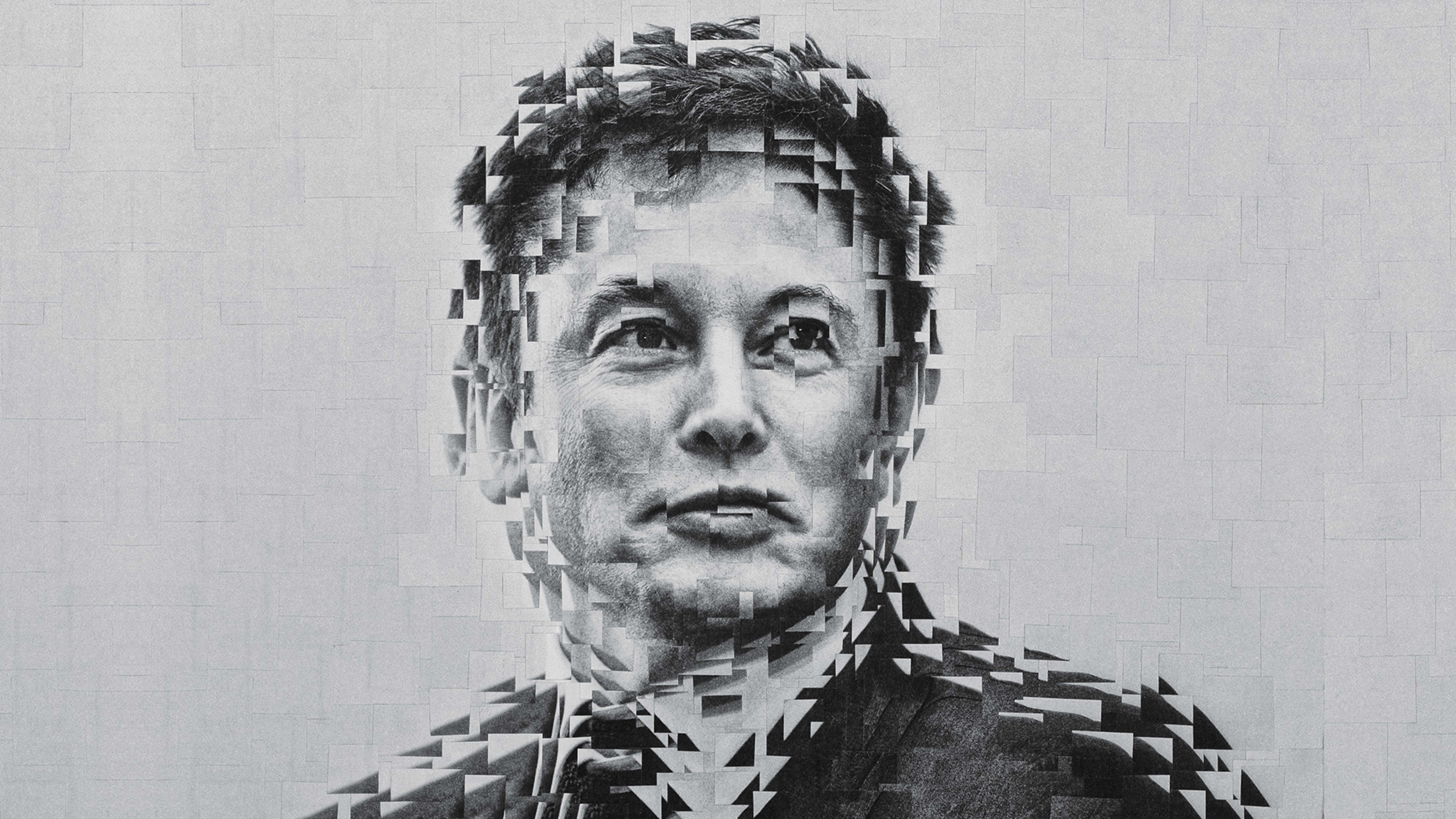Elon Musk stands in the middle of a residential street. It’s shortly before sunset at a joint Tesla–SolarCity product launch, held last October at Universal Studios’ back lot in Los Angeles, and Musk, wearing a Gray sweater and black jeans, is perched on a platform erected in the center of the manicured suburbia that served as the set for Desperate Housewives. Musk begins his presentation with doom and gloom—rising CO2 levels, the crisis of global warming—but the audience of 200 or so is beaming. They’re excited to see what fantastical invention he will unveil as a solution. As he stresses the need to transition the world to sustainable energy, an overzealous attendee yells out, “Save us, Elon!”
Musk’s big reveal: “The houses you see around you are all solar houses. Did you notice?” he says, gesturing toward the homes with a grin. They appear to have regular shingled rooftops, but Musk says they’ve actually been retrofitted with a new product called the Solar Roof, a potentially transformative system that’s nearly indistinguishable from a traditional rooftop—and one, he promises, that lasts longer and costs less, all while generating electricity. “Why would you buy anything else?” he says. The crowd cheers.
These roof tiles are the latest component of Musk’s larger plan to wean us off fossil fuels. Inside the garage of each of these homes, he points out, is a Tesla vehicle and next-generation Powerwall, the sleek rechargeable battery Tesla developed in 2015 to store energy for household use. During the day, the solar shingles can generate electricity and recharge the Powerwall. After the sun goes down, the battery takes over, providing power independent of the traditional utility grid. “This is the integrated future. You’ve got an electric car, a Powerwall, and a Solar Roof. It’s pretty straightforward, really,” he says with a big shrug and a smile. “[This] can solve the whole energy equation.”
Musk’s announcement is about saving the planet. But it’s also about saving SolarCity, the company his cousins, Peter and Lyndon Rive—who are in the audience—launched with Musk’s support in 2006 to bring solar power to the masses. The business, an industry-rallying success for nearly a decade, had recently run into challenges. Its stock, once unstoppable, had dropped roughly 77% since its February 2014 peak. Its debt had mushroomed to $3.4 billion, sales growth had slowed, and it faced a cash crunch. Last June, Musk proposed that Tesla acquire SolarCity in a deal valued at $2.8 billion. Today’s event was staged largely to win over Tesla and SolarCity shareholders, who would be voting in three weeks on whether to approve the merger.
Recognize your brand’s excellence by applying to this year’s Brands That Matter Awards before the early-rate deadline, May 3.
